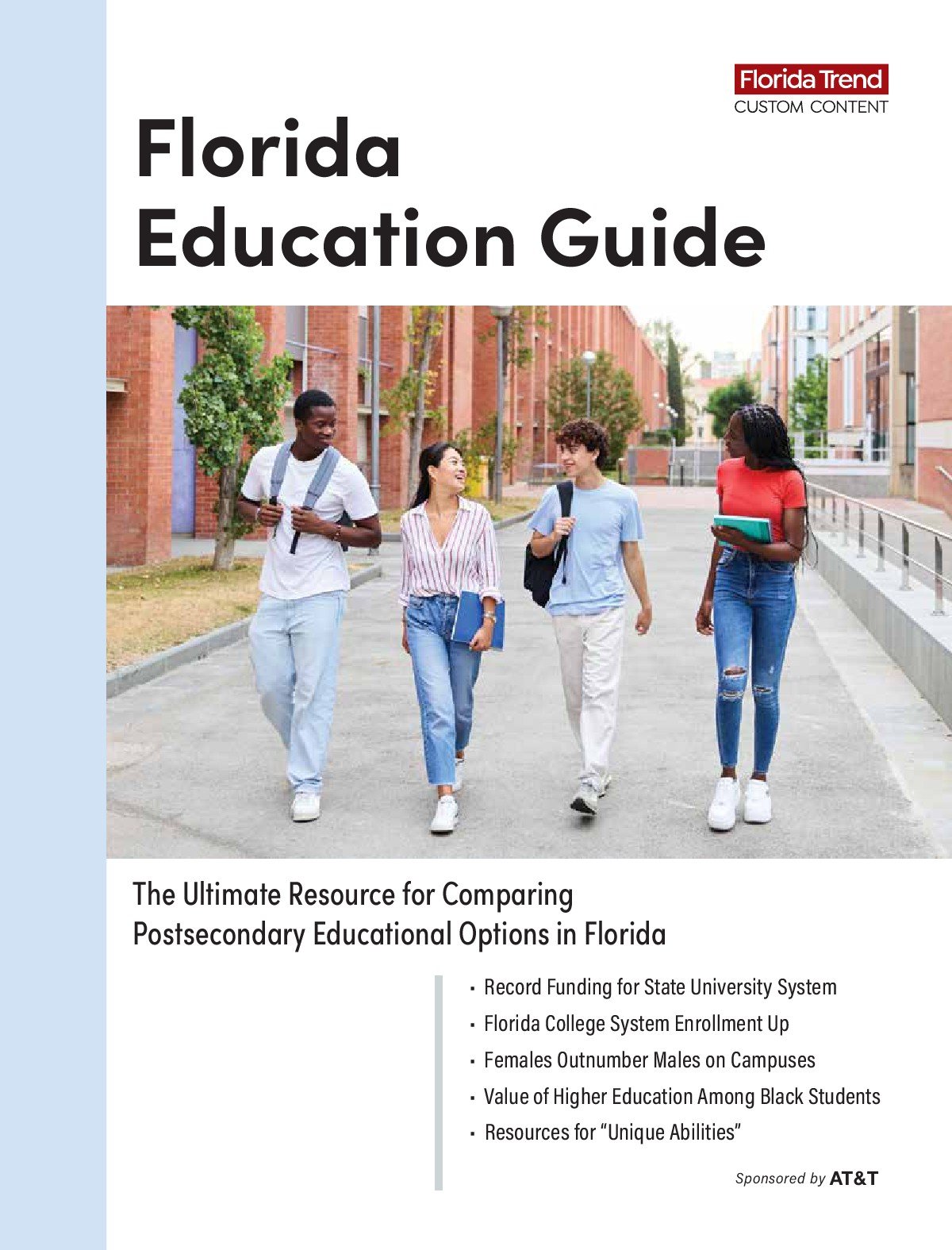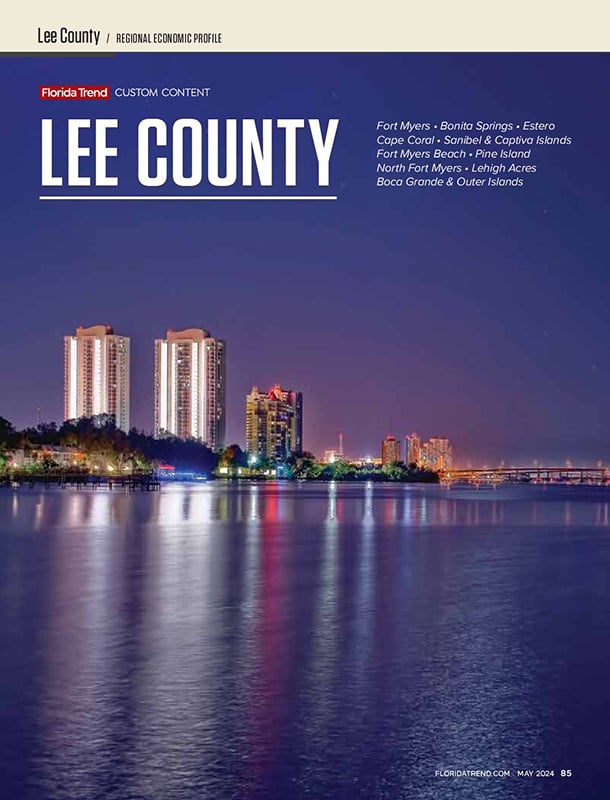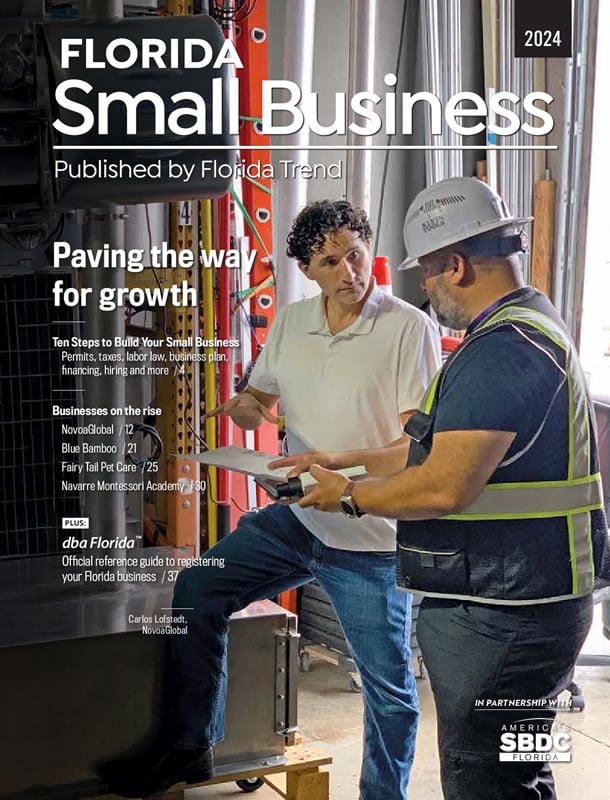Justin Keller knows a thing or two about the challenges of living along Florida’s coastline. The Pinellas County native grew up in Shore Acres, a waterfront neighborhood in St. Petersburg plagued by frequent flooding.
Keller also knows a thing or two about what it’s going to take for coastal communities to weather the threat of sea level rise and climate change. He’s worked for 21 years as a civil engineer and recently helped the beachfront city of Treasure Island craft a Terrain Modification Program nicknamed “Elevate T.I.” that would gradually raise the island’s elevation by several feet.
“I am very aware of how tidal impacts can affect your day-to-day life,” Keller told attendees of an Aug. 20 city workshop where commissioners and residents debated the plan to boost the island. “I’ve lived it. I see it from a professional standpoint. I’m a business owner in this area — and so I understand that Pinellas County as a whole has a lot of crappy decisions that are going to come up really soon,” he said.
He wasn’t kidding. Just five weeks later, Hurricane Helene barreled up the Gulf of Mexico, and although its eye remained 100 miles off Tampa Bay’s coastline, it devastated the region. At least 12 people in Tampa Bay lost their lives, and tens of thousands lost their homes. Shore Acres, where Keller’s parents still live, was overwhelmed by more than six feet of storm surge. Treasure Island, which is home to about 6,700 people, was almost swallowed up entirely.
By now, most of us have seen the apocalyptic images of the aftermath of the nearly seven-foot storm surge that swept through the three-mile-long barrier island. Boats tossed up against houses and resting in swimming pools. Cars buried in blankets of sand. Dazed residents sifting through belongings in an area that the local sheriff described as a “war zone.”
It’s an all-too-familiar scene in Florida. In 2023, Hurricane Idalia followed a track similar to Helene, causing widespread flooding in the Tampa Bay region and devastating Keaton Beach when it made landfall in Florida’s Big Bend. Fort Myers Beach and Sanibel Island are still rebuilding from Hurricane Ian, the Category 4 storm that ripped into Southwest Florida in 2022 — and only now, nearly six years after Hurricane Michael pulverized Mexico Beach, has the Panhandle community fully recovered from its wrath.
If there’s a lesson to be learned from those calamities, it’s that we’re not entirely defenseless — and that resiliency planning works.
In our September cover story “Rebuilding Paradise,” Brittney J. Miller examined Hurricane Ian recovery efforts in Southwest Florida. One takeaway was that newer structures built under more stringent codes survived the storm. On Sanibel, for instance, the Island Inn lost 15 historic structures to Ian, but its newer buildings survived the 12-foot storm surge. And 15 miles east, the new Margaritaville Beach Resort withstood the storm with nary a scratch.
Current building codes, however, aren’t sufficient to protect places like Treasure Island. That’s in part because it’s a “no-fill” city, meaning additional fill material is not permitted when a home or other building is constructed or improved. That prohibition paired with the six inches of sea-level rise that the island’s experienced over the past two decades has created a perfect recipe for floods, including occasional “sunny day flooding” when high tides overwhelm stormwater outflow pipes.
Four days after Helene struck, I caught up with Keller at his St. Petersburg office. He’d spent the last two days tearing the floors out of his and his parents’ flooded homes. He’d also spent time reflecting on that Aug. 20 meeting, during which several residents lambasted Elevate T.I. and commissioners rejected it in a 3-2 vote.
Had it been approved, the plan would have revised city code to allow for fill and mandated the use of it to elevate the ground for any new construction or whenever an existing building was substantially remodeled. Over time, as properties are elevated, the city would elevate its roads. And while it was never intended as a cure for the woes associated with hurricanes, Keller (no relation to this editor) reckons it would have saved some homes. “Would some of those properties built under the program, would their garages have been above the flood elevation? Yeah, they would’ve, but that’s not by design. … This is not a hurricane solution, this is a day-to-day sea level rise solution that has secondary benefits when a hurricane hits.”
Puzzled by why the residents of Treasure Island would oppose boosting up their drowning island, I watched a recording of that Aug. 20 meeting and listened to their concerns. Many were understandably worried about what it would cost, and many objected to any sort of mandate, preferring instead that any elevation efforts be voluntary. Now, some of them will be forced to elevate anyway under the mandate of FEMA’s 50% rule, which requires a home in a flood zone that suffers damages worth more than half its value to be rebuilt above flood level or otherwise protected. Though with “no-fill” laws still on the city’s books, buildings won’t reach the height they need to be, Keller says.
He’s proud of Elevate T.I. “because it is one of the first kind of cookbooks for how to raise a city slowly over time.” It’s a conversation, he adds, that’s happening in other beach towns across Florida.
Keller acknowledges that a program like Elevate T.I. won’t make life easier in the short run, but he says waiting will make it even harder. “If you wait until 2050 to do it, then it may not be even possible, and that’s really where we’re at now. If you want to start climbing the mountain, start now and go slowly and dampen those costs over a long period of time.”
— Amy Keller, Executive Editor akeller@floridatrend.com












